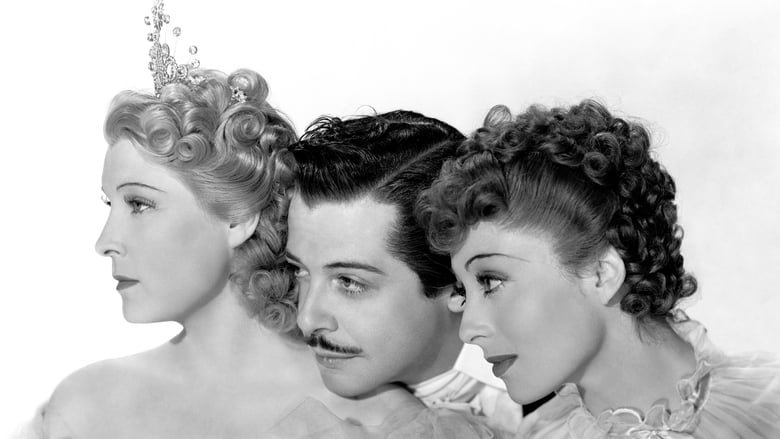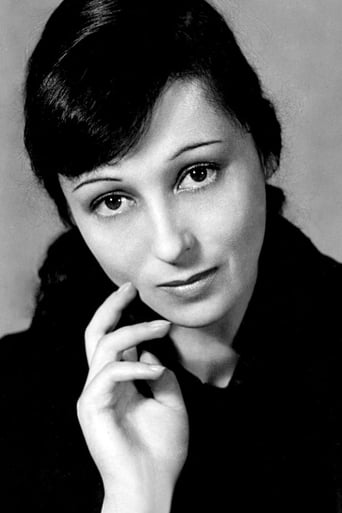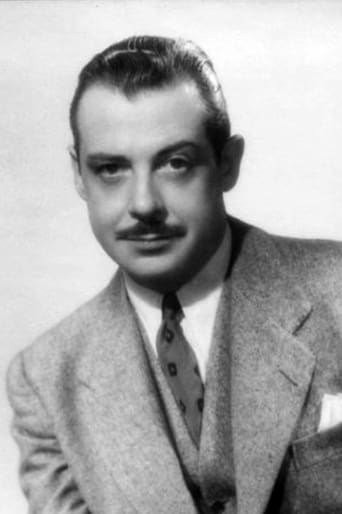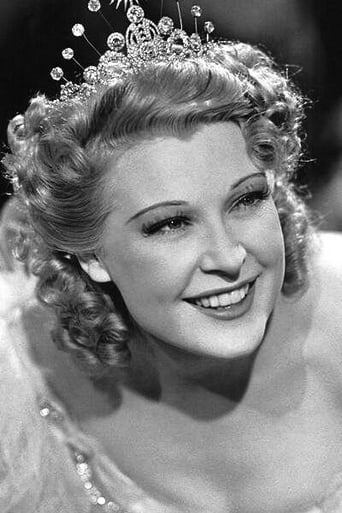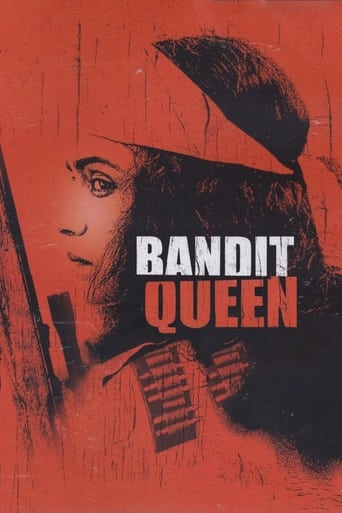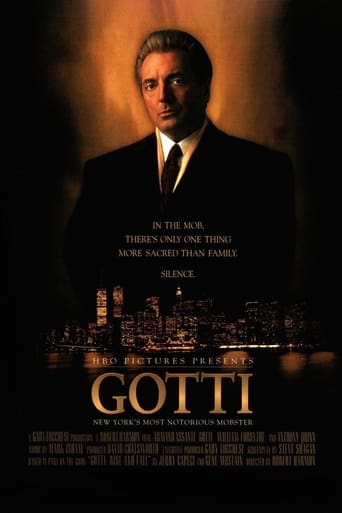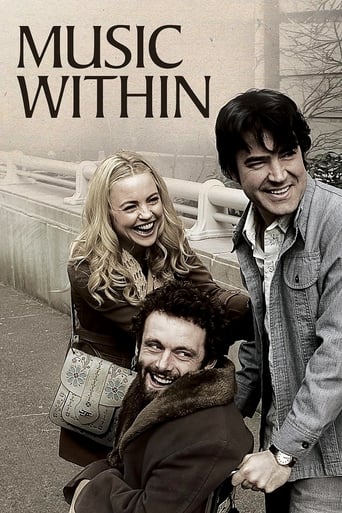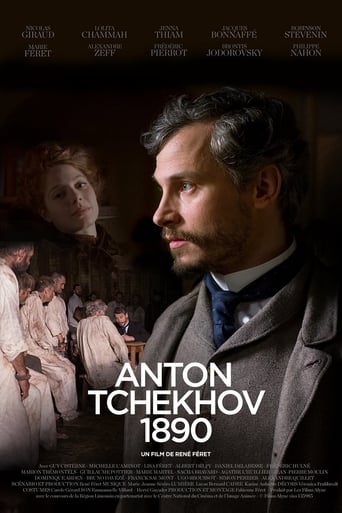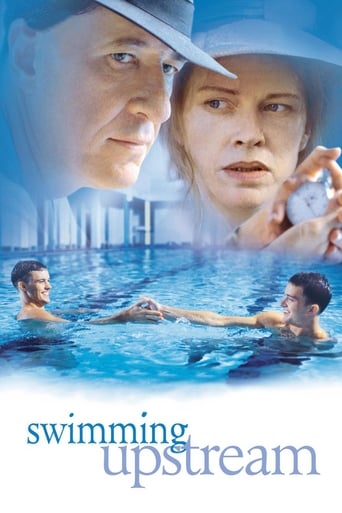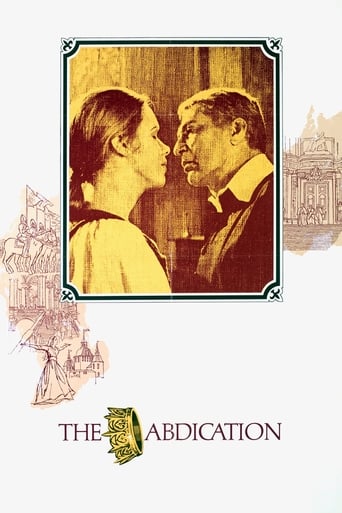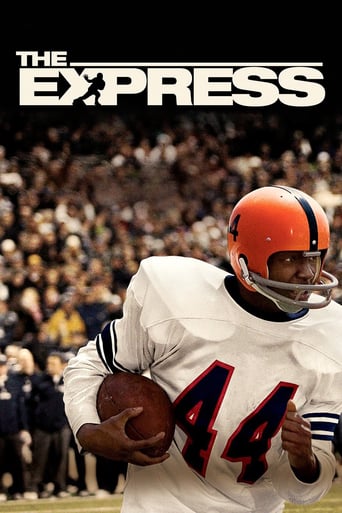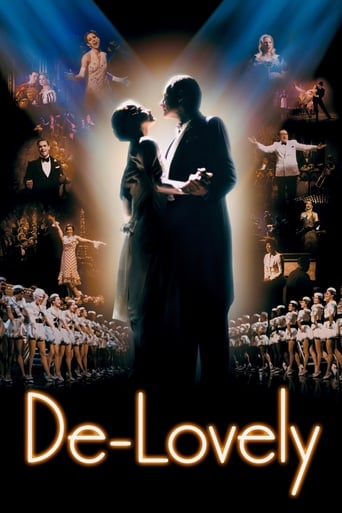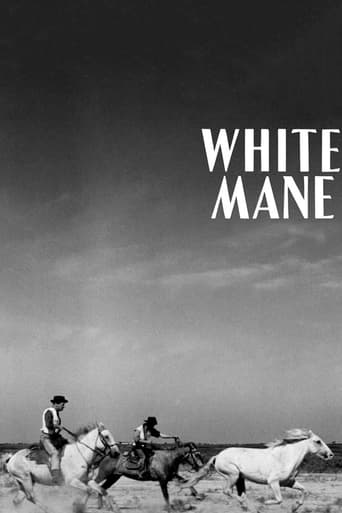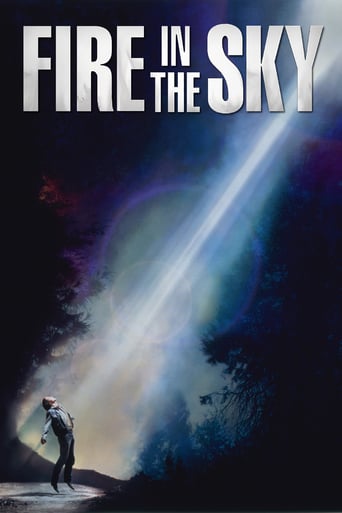The Great Waltz (1938)
Composer Johann Strauss risks his marriage over his infatuation with a beautiful singer.
Watch Trailer
Cast


Similar titles
Reviews
the audience applauded
Great Film overall
This story has more twists and turns than a second-rate soap opera.
Exactly the movie you think it is, but not the movie you want it to be.
Copyright 31 October 1938 by Loew's Inc. Presented by Metro-Goldwyn- Mayer. New York opening at the Capitol, 24 November 1938. U.S. release: 4 May 1939. Australian release: 22 December 1938. 10 reels. 104 minutes.COMMENT: Like "Gone With The Wind" this film is an extraordinarily successful collaboration — or rather amalgamation — of a number of disparate talents. That the film is so wonderfully artistic as a whole is due in no small measure to the talents of the producer, the skill of the cinematographer and the incomparable expertise of the film editor. Tom Held was deservedly nominated for an Academy Award, but was beaten by Ralph Dawson who also had the unenviable task of combining the work of more than one director. While the enforced union of Curtiz and Keighley on Robin Hood is both credited and well-documented, the unlikely trio of Duvivier, Victor Fleming and Josef von Sternberg on "The Great Waltz" has barely been hinted at. I had to go through MGM's files.When Duvivier signed for "The Great Waltz" (his first U.S. film), he informed MGM he had to be free by a certain date as he had prior commitments in France on firstly "La Fin du Jour" and secondly "La Charrette Fantome", both starring Louis Jouvet. Neither of these vehicles could be put off or delayed or even entrusted to another director as Duvivier had worked on the scripts himself and had put a great deal of work into their preparation.Unfortunately for Duvivier (or fortunately for us), "The Great Waltz" was filmed with a meticulous care and a total disregard for cost unusual even in these halcyon days at MGM. The project had originated with Thalberg some years earlier and Hyman was determined to do the late producer proud no matter what the expense.When it became apparent that the picture was going to run over schedule, Victor Fleming was signed to direct the straight material, while Duvivier concentrated on the elaborate musical episodes.Fleming directed many of Luise Rainer's scenes, the first encounter between Strauss and Franz Joseph, the whole of the epilogue, the whole sequence in which Poldi disturbs Strauss at his work ending when Gravet sings "One Day When We Were Young", and much of the revolutionary material including the fight between Bois and Kinsky, the flight of Strauss and Carla Donner and their night scene with Christian Rub. The morning after brings us back to Duvivier for his magnificent set-piece, "Tales of the Vienna Woods". Duvivier stays with the film right to the swirling camera finale in the courtyard of the inn, though Fleming worked on the first part of the interior scene between Carla and the innkeeper's wife and has also dubbed Munier's dialogue with some other actor and has post-synced Rub's lines in reply. From this point on, most of the film is Fleming's, including Rainer's scenes with Kruger and Korjus and her extraordinary encounter with Lionel Atwill. Duvivier directed Rainer's spectacular entrance to the theater with its astonishingly effective Eisenstein- inspired jump cuts to the beat of the music. Fleming staged the operetta with the help of Albertina Rasch.When Duvivier was forced to return to France, he left one major musical sequence undone. To direct this portion of the film, Hyman turned to no less a talent than Josef von Sternberg. Although actually born in Vienna, von Sternberg had been signed by MGM to direct a frivolous Hedy Lamarr vehicle, "New York Cinderella". Before starting work on this epic (on which, incidentally, he walked out after only 18 days' shooting), von Sternberg was induced to direct the climax of "The Great Waltz". We pick up his work in the coach. Notice the low angle, the deliberately jolting movement of the camera and the darker texture of the photography, all trademarks of von Sternberg's style. The ensuing song as the boat pulls away (filmed from a satisfying multiplicity of dramatic angles) topped with the grandly exuberant "Blue Danube" montage, makes a flourishing finish to an eye-and-ear- popping movie.
This movie is certainly for all hopeless romantics. The music is so infectious, and compelling! The acting was well done(in my opinion) by everyone in the movie itself. From Curt Bois on....! Not just the big hitters. My favorite is Luise Rainer's role as the neglected, faithful, (somewhat insecure) wife of Johann Strauss. She deserved so much more from her cad husband; that it makes one's heart identify with her terrible mistreatment. Miliza Korjus had one of the greatest female opera singer soprano voices that I've ever heard! (e.g., They'll come a time). One thing that intrigues me is the "font" that is used in the movie's written titles. Would anyone know or recognize the 'Font' style that was used in the movie's written titles? Thanks!
Yes, I know that most of the others who have reviewed this movie on here loved it, but I found The Great Waltz to be particularly aggravating.Granted, there is some remarkable camera work here.Other than that, however, this movie struck me as very weak.Louise Rainer, whose success I have never understood, once again plays a character who seems to have a sign reading "Kick me" on her back. All she does is whimper. When she finally decides to acquire some backbone and fight to hold on to her husband, the scene reminded me of the similar moment near the end of "The Women." Rainer's performance only paled further in comparison to Norma Shearer's, however.Meliza Korjus, the other female lead, was better, and had a stronger, more interesting character. Still, it sometimes ended up being a battle between the accents. Rainer's was a general European mishmash; Korjus sometimes sounded perilously close to Fanny Brice. Both could have used a few weeks with a diction coach, which MGM had on hand in those days.And then there were the god-awful orchestrations. Imagine if Milos Forman had asked John Williams to "arrange" Mozart's music for Amadeus. Music lovers would have been outraged, and rightly so. Yet this movie had the equivalent. Strauss was a very fine orchestrator of his own music. Instead, however, this movie presented it in wildly overdone "arrangements" by someone else (Dimitri Tiomkin). Korjus had a high coloratura voice, but the movie sometimes has her tossing off high staccati in people's faces in a way that is most freakish and not at all musical. Strauss' music is great, but it isn't served well in this movie.No, the plot bears little resemblance to the facts of Strauss' life. That doesn't bother me, as it was made clear in the opening credits. But the story that was provided was not, at least to me, of any interest. Strauss, though married, falls in love with a singer. She finally leaves him, when he is ready to abandon his wife for her, for no apparent reason. At the end of the movie, 50 years later, when all of Vienna sings his music, Strauss still thinks back to that singer. Granted, given that he has spent the intervening time with the mousy and whimpering Rainer, one can't blame him, but it makes for a strange end to this generally unsatisfactory movie.If you like Strauss's music, listen to it as he wrote it. If you want good acting or an interesting script, don't look for it here. This is pretty much a complete waste.
Am one of the few critics who was disappointed by 1938's "The Great Waltz." While it is true that the music is wonderful, it also must be noted that the first part of the film is rather dull.Luise Rainer came into this film after back to back Oscar wins in 1936 and 1937. At the beginning of the film, her behavior is rather churlish. That laughter that she displays is outright annoying. It is only when she is married to Strauss that she shows maturity and her performance becomes better.Miliza Korjus, a wonderful opera singer, sings beautifully here but when she speaks, I thought I was viewing a comedy. Ms. Korjus reminded me of a Bette Midler talking like the late comedienne Martha Raye or as Katina Paxinou did in "Mourning Becomes Electra" in 1947.The picture takes place during the backdrop of the various revolutions circa 1848. As far as this film was concerned, I never saw a revolution go by so quickly.The film basically deals with the romance between Strauss (an appealing Fernand Gravet) and Carla Donner (Ms. Korjus- who acts more like a Prima Dona here).It is ironic that the film did little to enhance the careers of Gravet, Rainer and Korjus. Korjus never made another American film despite her Oscar nomination as best supporting actress. After a series of flops, Rainer was washed up in films by 1942 and who ever heard of Gravet again?


